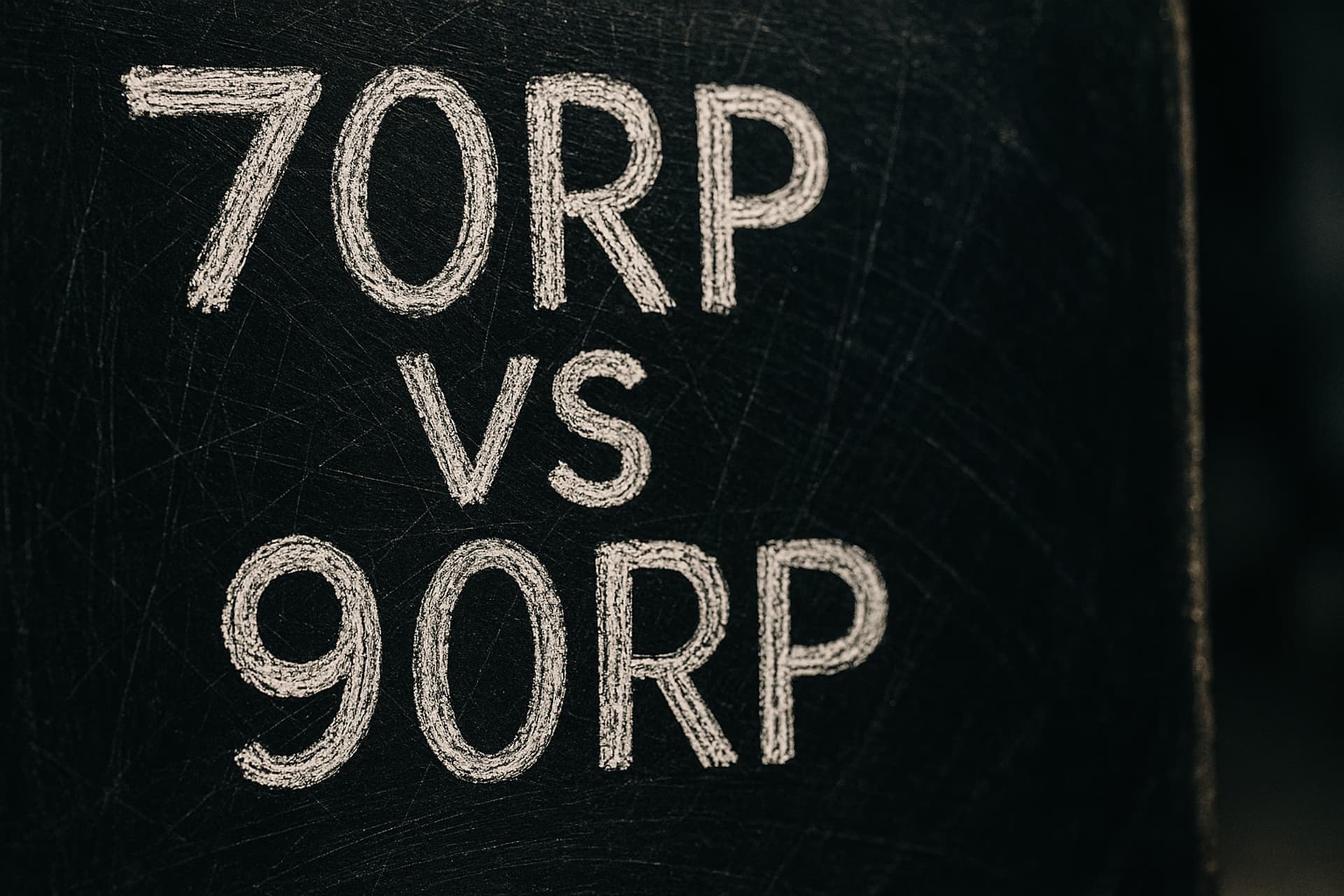O-Level Chemistry Titration Playbook (Paper 3)
Download printable cheat-sheet (CC-BY 4.0)01 Nov 2025, 00:00 Z
A
Reviewed by
Azmi·Senior Chemistry Specialist
Want small-group support? Browse our IP Chemistry Tuition hub.
TL;DR
The 2026 SEAB O-Level Chemistry syllabus expects candidates to run acid–base titrations with indicators such as methyl orange, screened methyl orange, or thymolphthalein and any additional scaffolding the paper supplies.
Paper 3 mark schemes reward 0.05 cm³ burette readings, two concordant titres within 0.20 cm³, and ACE write-ups that justify stoichiometric choices and error controls.
Rehearse pre-lab planning, tight MMO technique, and PDO tables before the 1 h 50 min examination so data crunching feels routine rather than improvised.
Loop Back to the Chemistry Hub
Use our O-Level Chemistry Experiments hub to keep this drill aligned with the rest of your Paper 3 practice set.
1 | What the syllabus mandates for titrations
- SEAB highlights titration first in its Paper 3 practical techniques list, specifically citing acid–base pairings with methyl orange, screened methyl orange, and thymolphthalein; other titrations will come with full working details when needed (SEAB 2026 syllabus, p. 27).
- Candidates must deliver Planning (15 % of Paper 3) and MMO/PDO/ACE (85 %) responses that integrate core syllabus content, so every titration write-up should link apparatus, volumes, and indicator choice back to the reaction you are studying (SEAB 2026 syllabus, pp. 25 – 26).
- The practical guidance sheet spells out accuracy targets: burette readings to the nearest 0.05 cm³ and at least two concordant titres within 0.20 cm³ (SEAB 2026 syllabus, p. 27).
2 | Planning (P) before you touch a burette
- Define the aim and variables. State the reactants, the balanced equation, and dependent variables (usually titre volume or concentration). Identify controlled variables such as indicator volume, pipette size, and glassware condition.
- Outline the method step-by-step. Reference the apparatus centres expect all candidates to use — 50 cm³ burette, 25 cm³ pipette with filler, 150 – 250 cm³ conical flask, wash bottle, and white tile (SEAB 2026 syllabus, p. 28).




